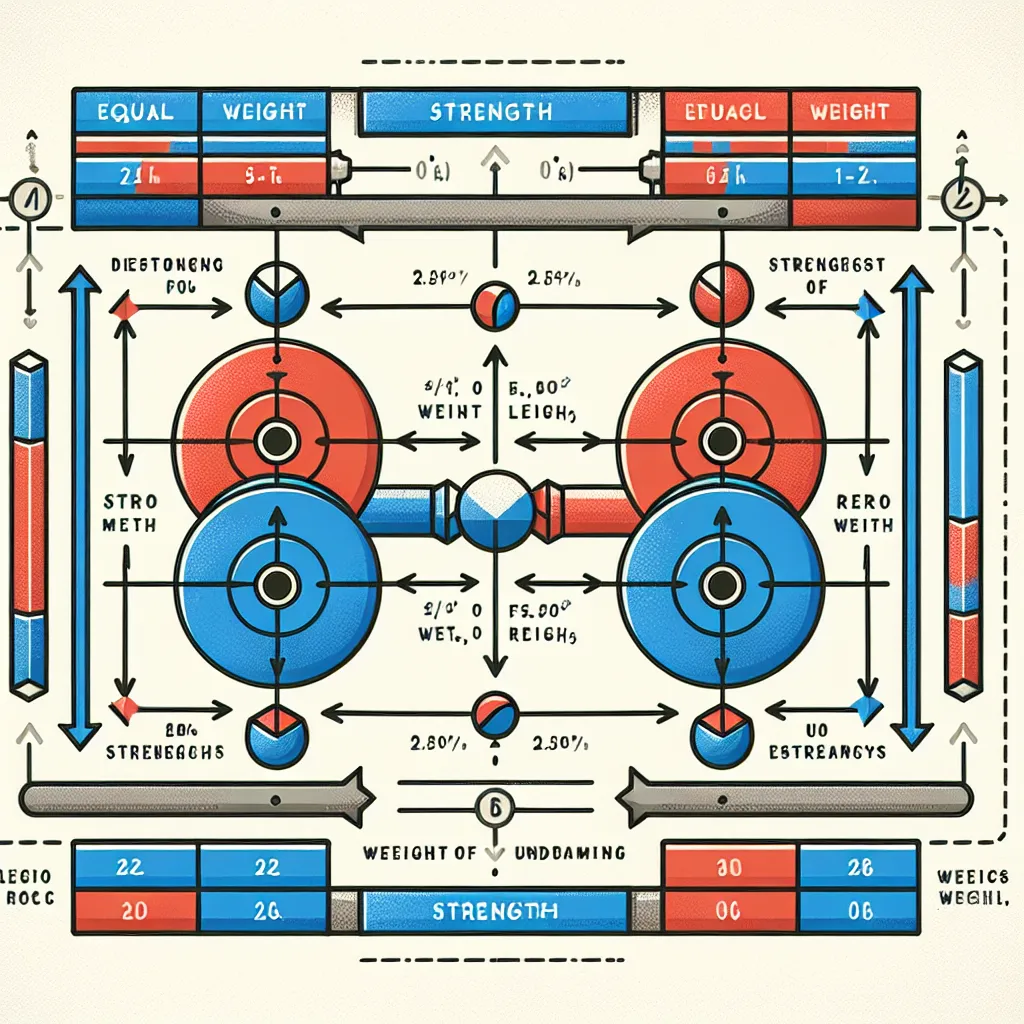The term “strength-to-weight ratio” is a crucial concept in engineering and materials science, often appearing in IELTS reading passages and speaking topics related to technology and sports. Let’s break it down:
Definition: The strength-to-weight ratio is a measure of a material’s or structure’s strength in relation to its weight.
Part of Speech: Noun phrase
Pronunciation: /streŋθ tə weɪt ˈreɪʃiəʊ/

Context and Usage
Examples in Context
-
The aerospace industry constantly seeks materials with a high strength-to-weight ratio to improve fuel efficiency.
Analysis: This sentence demonstrates the practical application of the concept in a specific industry, highlighting its importance in engineering. -
Carbon fiber’s excellent strength-to-weight ratio makes it ideal for high-performance sports equipment.
Analysis: Here, we see how the term is used to explain the popularity of a material in sports technology. -
Engineers focus on improving the strength-to-weight ratio of bridges to make them more resilient and cost-effective.
Analysis: This example shows the concept’s relevance in civil engineering and infrastructure design. -
The strength-to-weight ratio of bones decreases with age, leading to increased fracture risk in older adults.
Analysis: This sentence illustrates how the term can be applied in biological contexts, specifically in discussing human physiology. -
In the IELTS Speaking test, I was asked to discuss how the strength-to-weight ratio affects the design of modern vehicles.
Analysis: This example directly relates the term to the IELTS exam, showing how it might be used in a speaking task.
Common Contexts
The term “strength-to-weight ratio” frequently appears in:
- Engineering discussions
- Materials science research
- Sports technology development
- Aerospace and automotive design
- Biological and medical contexts
Frequency in IELTS
While not extremely common, “strength-to-weight ratio” can appear in:
- Reading passages about technology or scientific advancements
- Listening sections discussing engineering or sports equipment
- Writing Task 2 essays on topics related to innovation or environmental concerns
- Speaking Part 3 questions about technology, sports, or transportation
Vocabulary Analysis
Word Structure
- Strength: Base noun
- to: Preposition
- Weight: Base noun
- Ratio: Base noun
The phrase is a compound noun formed by combining these elements to create a specific technical term.
Synonyms and Related Terms
- Specific strength
- Power-to-weight ratio (in some contexts)
- Structural efficiency
- Mass-specific strength
Antonyms
While there isn’t a direct antonym, opposite concepts might include:
- Weight-to-strength ratio (inversely related)
- Structural inefficiency
Memorization Techniques
Mind Mapping
Create a mind map with “strength-to-weight ratio” at the center, branching out to:
- Applications (aerospace, sports, construction)
- Related materials (carbon fiber, aluminum alloys)
- Industries (engineering, manufacturing)
- Properties (lightness, durability, efficiency)
Mnemonic Story
Imagine a superhero named “Ratio” who has the power to make things incredibly strong yet lightweight. Ratio helps engineers build amazing structures and vehicles, always reminding them of the importance of balancing strength and weight.
Practice Exercises
Exercise 1: Sentence Completion
Complete the sentences using “strength-to-weight ratio”:
- The ___ of titanium makes it an excellent choice for aircraft parts.
- Researchers are developing new composites to improve the ___ of spacecraft materials.
- In rock climbing, equipment with a high ___ is essential for safety and performance.
Exercise 2: IELTS Writing Task 2 Practice
Topic: Some people believe that the use of composite materials in consumer products is beneficial, while others argue it leads to environmental problems.
In your response, consider discussing the strength-to-weight ratio as a key advantage of composite materials, balanced against potential environmental concerns.
Exercise 3: IELTS Speaking Practice
Imagine you’re in an IELTS Speaking Part 3 discussion. Practice answering the following question:
“How do you think advancements in materials with high strength-to-weight ratios might impact transportation in the future?”
Conclusion
Understanding and being able to use the term “strength-to-weight ratio” effectively can significantly enhance your performance in the IELTS exam, particularly in tasks related to technology, engineering, and scientific advancements. By mastering this concept, you’ll be better equipped to discuss a wide range of topics that frequently appear in the test.
Remember to practice using this term in various contexts, and don’t hesitate to incorporate it into your writing and speaking when appropriate. The key is to use it naturally and accurately, demonstrating both your vocabulary knowledge and your understanding of important scientific concepts.
We encourage you to share your own experiences with learning and using this term in the comments below. How has understanding “strength-to-weight ratio” helped you in your IELTS preparation or in discussing technological advancements?